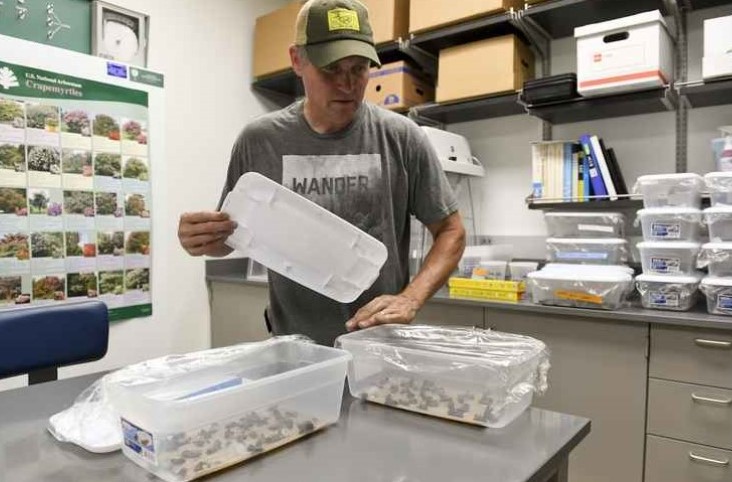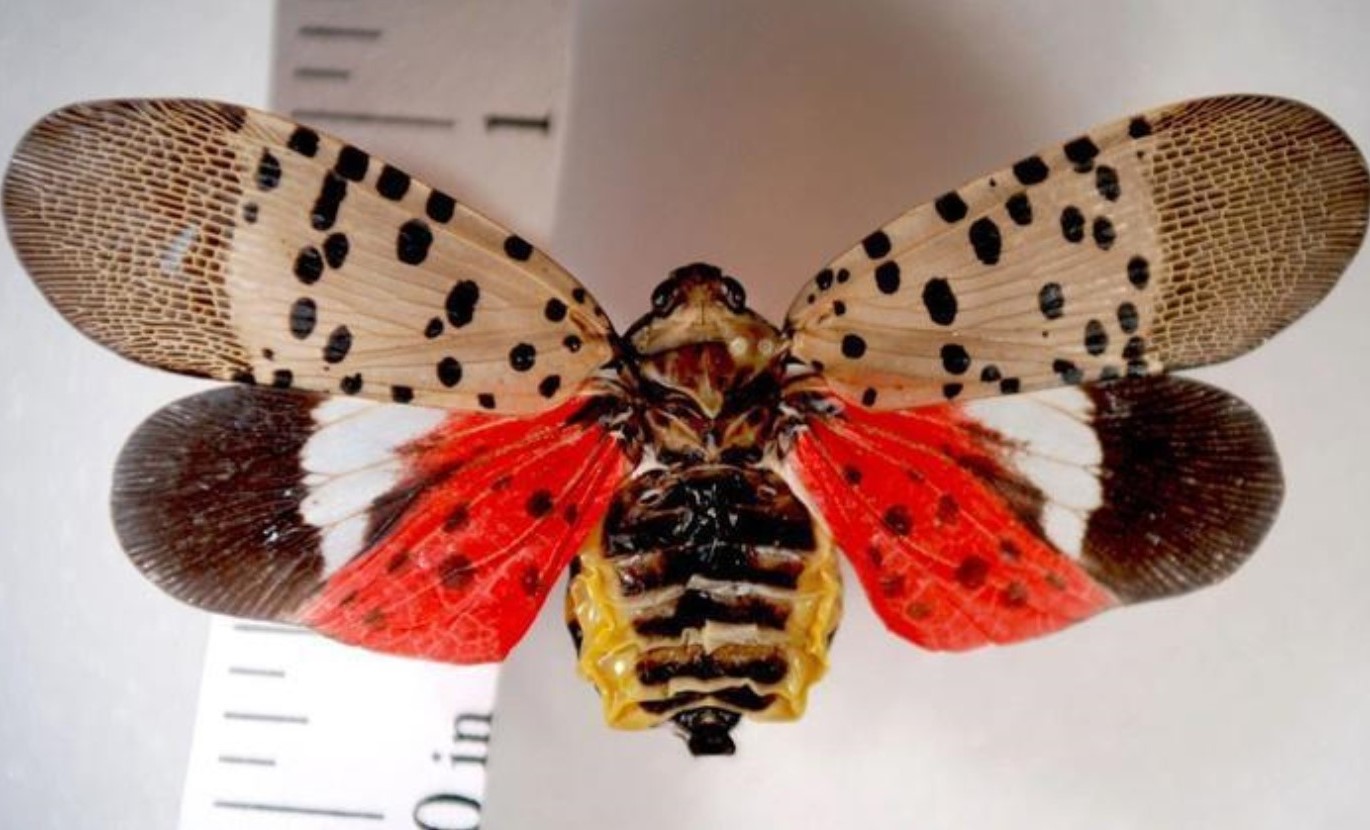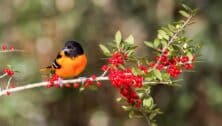New method for eradicating Spotted Lanternflies shows promise

The latest tests on two types of fungi discovered last year as a possible defense against the spotted lanternfly are showing real promise, writes Beth Brelje for the Reading Eagle.
The Center for the Agricultural Sciences and a Sustainable Environment at Penn State Berks is currently doing studies on a common North American fungus that could be the key to eradicating the pest.

The latest research was inspired by a study that showed that Batkoa major and Beauveria bassiana were wiping out spotted lanternflies in the woods of Berks County.
While lethal to insects, these fungi are harmless to humans. Beauveria is already in some environmentally-friendly and EPA-approved biopesticides.
In July, scientists from Penn State Berks and Cornell University set up research plots in areas where dense populations of spotted lanternflies were observed. A control group was sprayed with water and an experimental group was sprayed with a commercial biopesticide containing the Beauveria fungus and water.
Two weeks after spraying, the number of live lanternflies in the area treated with the fungus was half as many as in the controlled area.
“We are cautiously optimistic,” said David Biddinger, tree fruit research entomologist at Penn State.
Read more about the new findings in the Reading Eagle here.
Stay Connected, Stay Informed
Subscribe for great stories in your community!
"*" indicates required fields









![95000-1023_ACJ_BannerAd[1]](https://montco.today/wp-content/uploads/sites/2/2023/03/95000-1023_ACJ_BannerAd1.jpg)










![ForAll_Digital-Ad_Dan_1940x300[59]](https://montco.today/wp-content/uploads/sites/2/2022/06/ForAll_Digital-Ad_Dan_1940x30059.jpg)





















